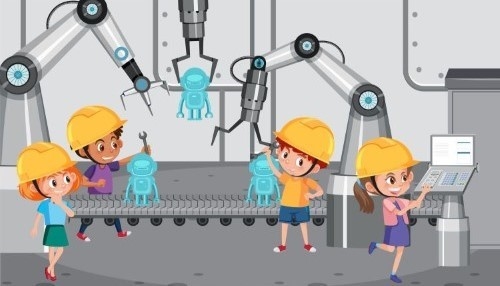
Kids love to explore. At Engineering For Kids, we help them hone their natural curiosity. One of the ways we encourage kids to develop a love of science, technology, engineering, and math (STEM) is by teaching the engineering design process in a fun way.
The Engineering For Kids STEM curriculum is a major part of learning and can enhance a child’s soft and hard skills that benefit them in other areas of their lives. The engineering design process is something that we encourage parents to emulate at home too, whether it’s building with Legos, blocks, or an online program.
In celebration of National Engineer’s Week 2023, let’s dive deeper to answer the question, what is the engineering design process?
What is the Engineering Design Process?
Solving problems sometimes involves creating or building a solution. That’s where the engineering design process comes in. It’s a series of steps that engineers use to build a product or solution. As engineers go through each step, they may find some problems with their design.
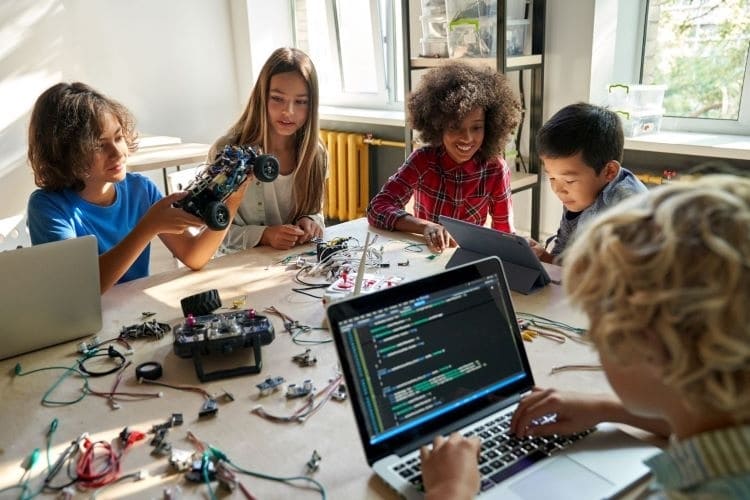
The engineering design process allows engineers to return to previous stages to overcome these design bugs. In this way, students can learn from their failures and improve on their ideas. It helps promote creativity, teamwork, and perseverance.
The process includes identifying a problem, brainstorming ideas to solve the problem, building the solution, and fixing the bugs. School projects and Engineering For Kids programs encourage kids to use the steps of the engineering design process as they use their skills to create a solution.
Engineering Design Process vs Scientific Method
The Engineering design process differs from the scientific method as the end result is not to make observations, but rather to build a solution. With the scientific method, students develop a hypothesis and then run experiments. The goal is to test the hypothesis and see if it’s true. The end result of the scientific method is observation and reflection.
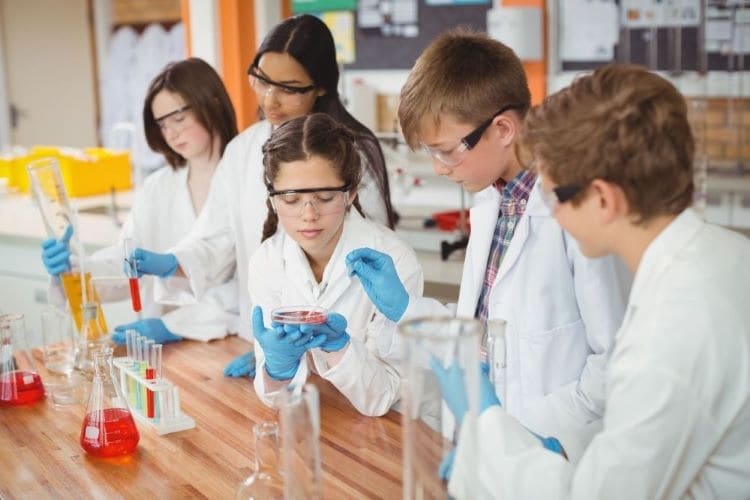
With the engineering design process steps, the goal is more concrete. Students are focused on building and developing a product that overcomes a problem. While the process can involve some experiments, these are done solely to fix any bugs in the solution. The engineering design process also has some room for reflection, which can help engineers figure out how to improve their solutions.
One other difference between the engineering design process and the scientific method is how many people are involved. The process allows for collaboration and teamwork, while the scientific method can be used by a single student or a team of students.
The bottom line for deciding which approach to take is what you want as the outcome. If you’re looking to create a solution for a problem, use the engineering design process. However, if you’re looking to define a problem or observe what happens in certain situations, the scientific method is best.
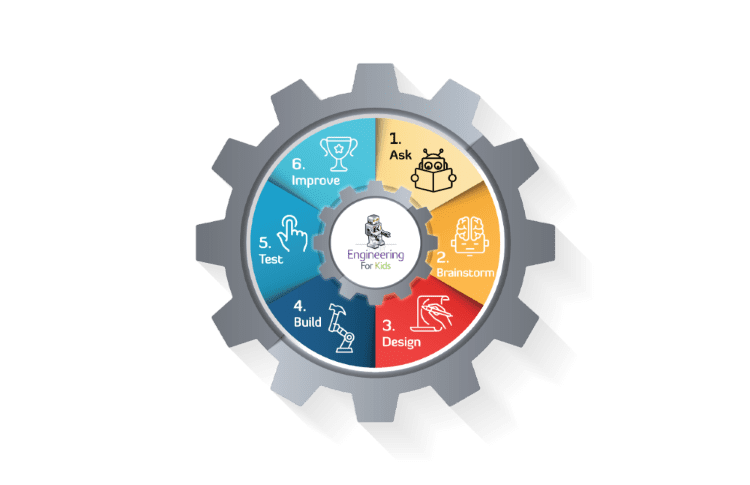
1. Ask
One of the first engineering design process steps is to ask questions. This helps students define the problem. Some questions that are helpful at this stage are who is having the problem, and what exactly is the need. This helps set the goal for the project. It’s also useful to consider why it’s important to solve the problem or what the benefits are. Defining the problem allows the students to focus on what they are trying to achieve, which is critical for the rest of the process.
2. Brainstorm
Once the problem or need has been defined clearly, it’s time to come up with ideas about how to solve the problem. Teams need to stay open-minded and talk through the pros and cons of each idea. In other words, this stage shouldn’t be about judging the ideas, but rather getting as many options on the table as possible.
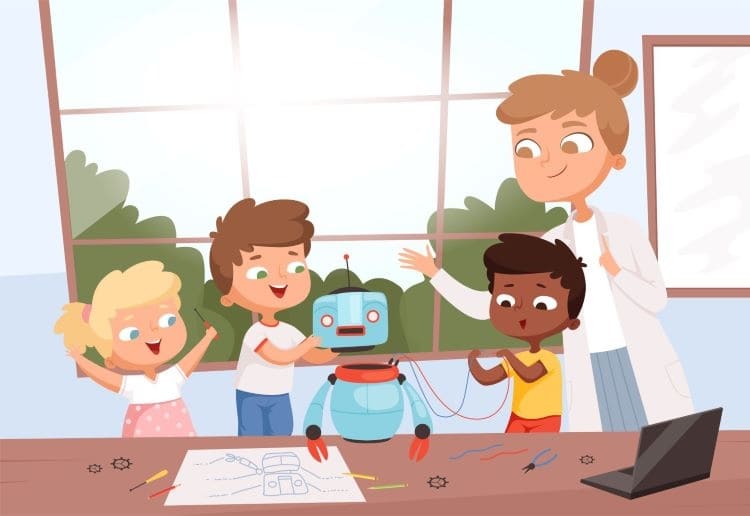
The brainstorming stage can also include some research where students look at what other solutions designers have created. It’s possible one of these solutions could be refined and improved upon to meet the need defined in the first stage.
Once all the ideas have been discussed, it’s time to narrow down the solution that the team will start to design and build. This may mean students will need to draw out some of the solutions and what they do so the team can discuss the benefits or drawbacks of the idea.
3. Design
After one idea has been selected, the design process begins. This stage often includes drawings of the solution, as well as some documentation that explains what it does, how it fits the need, and how it should be used. These can be as detailed as students wish. Some young engineers love to dream up their designs on paper while others are more eager to get to the next stage.
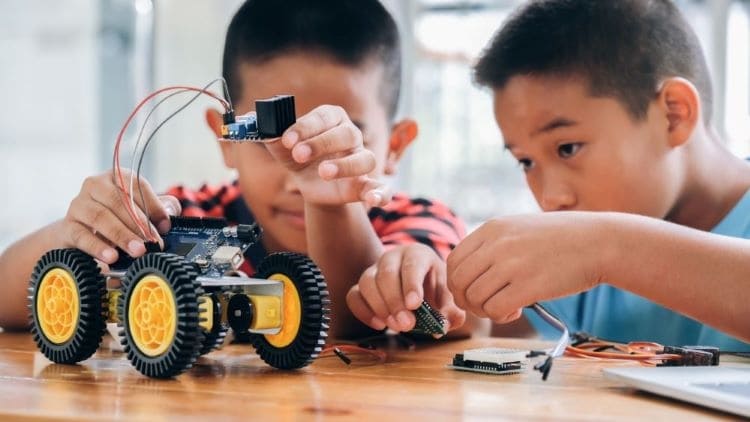
4. Build
With design sketches in hand, the next step in the engineering design process is to build a prototype. A prototype is a smaller version of the actual thing the students are trying to create. Having a scaled-down version can help kids see some problems or challenges in the design.
They can go back and solve these issues before moving on to the actual building of the solution.
It’s important that kids understand the prototype may be made with different materials than the original creation. However, it is meant to be a working model, which means the prototype will need to do what students what the larger model to accomplish.
5. Test
Once the prototype has been created it’s time to test it to see if it does what it was built to do. This is where students may find some issues with their idea. It can be frustrating, but it can also strengthen their problem-solving and teamwork skills as they work together to identify the bugs.
The testing stage can be one that takes most of the time. Students may go through several prototypes and testing as they work to overcome problems in the design. However, this is a critical part of the process as it helps kids refine their idea into workable models with practical applications.
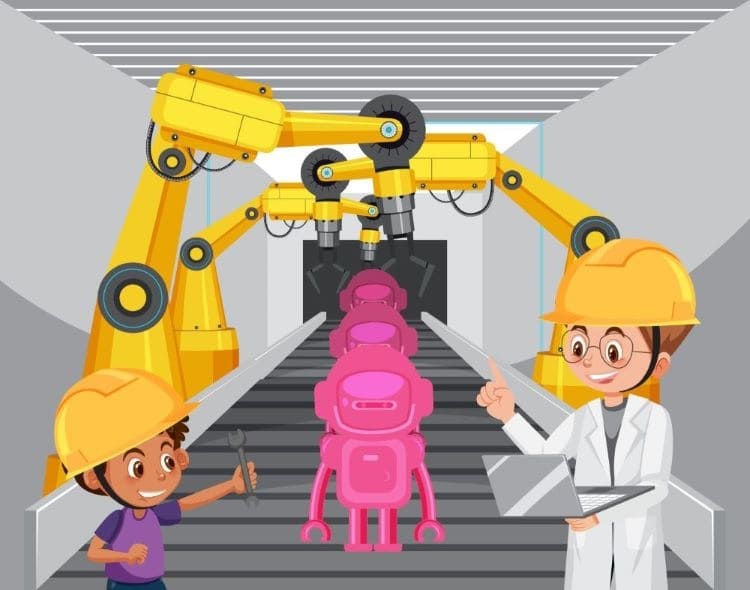
6. Improve
The final step in the engineering design process is to improve the final product. Teams can discuss how to make their product better. Improving can include drawing up new designs for an even better product or building different prototypes to see how the design can be perfected.
Turning their idea into reality can be a major incentive for students. They’ll get to see how their hard work paid off. It can cultivate persistence and a good work ethic. Participating in the engineering design process for kids can boost children’s self-esteem as they gain confidence in their abilities.
At Engineering For Kids, we love to help kids explore STEM subjects in a fun way. In our activities, kids unlock a love of science, engineering, technology, and math while developing their problem-solving, logic, teamwork, and creative skills.
Engineering For Kids has locations around the world where kids can learn and have fun at the same time. Check out our programs and curriculum today!




